Succinic acid is an organic water-soluble compound with a wide range of applications. In crop production, it has been used relatively recently, but this tool is gaining more and more popularity due to its availability and low cost. The usefulness of succinic acid for indoor plants, and how to use it, is studied in the material below.
Material Content:
Succinic acid: benefits for indoor plants. What is it used for?
Numerous observations show that succinic acid exhibits the properties of a strong growth promoter. But its benefits are not limited to this.
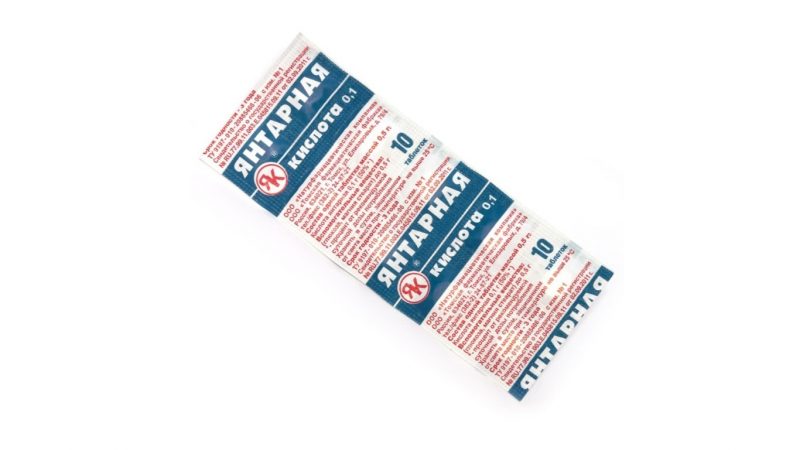
A positive effect is also manifested in the following:
- reduction of the negative impact of stress factors on plants - low or high temperatures, excessive watering or drought, insufficient lighting;
- increased immunity of plants to fungal and bacterial infections;
- stabilization of beneficial soil microflora and improving the absorption of nutrients by plants.
Growing plants indoors is always associated with stress. Limited soil volume, insufficient sunlight, dry air - a serious test even for the most adapted to room conditions crops. Therefore, the use of a tool that exhibits the properties of an adaptogen seems appropriate.
In addition, succinic acid can be used to achieve other goals:
- emergency care for chlorosis, to restore the amount of chlorophyll;
- restoration of the root system after transplantation, division of bushes, mechanical damage;
- activation of root formation during cuttings;
- resuscitation of sick or damaged plants.
Thus, succinic acid is used not as a top dressing, but as a stimulant and adaptogen.
How to dilute: proportions and nuances
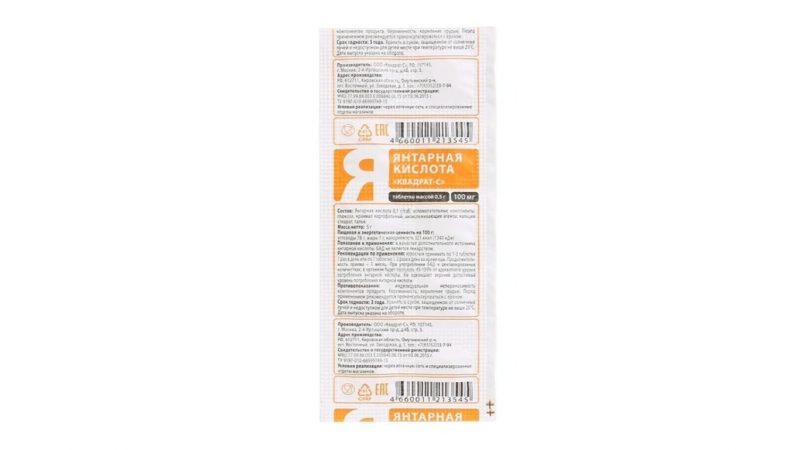
Succinic acid for flowers is used as an aqueous solution. Its concentration depends on the purpose of the application:
| The purpose of the solution | Concentration,% | Cooking |
|---|---|---|
| Presowing seed treatment | 0,2 | Dissolve 2 grams of acid in a small amount of hot water and bring the volume of cold settled water to 1 liter. |
| Rooting cuttings, soaking the root system during transplantation, dividing bushes | 0,02 | Dissolve 0.2 grams of acid in a small amount of hot water and bring the volume to 1 liter. Or use a 0.2% solution as a mother liquor and dilute it with water in a ratio of 1:10. |
| Leaf spraying | 0,002 | Use a 0.02% solution as a mother liquor and dilute it with water in a ratio of 1:10. |
Succinic acid is usually sold in tablets with a dosage of 0.1 grams. This means that to get 1 liter of a strong 0.2% solution you need to take 20 tablets. For better dissolution, they can be pulverized.
If you want to get a 0.02% solution, it is enough to take 2 tablets per 1 liter of water. Means of a lower concentration are more convenient to prepare by diluting the mother liquor.
How to use top dressing in tablets
Dilute succinic acid long before processing is not necessary - aqueous solutions quickly lose their properties. It is better to use a freshly prepared composition. The maximum shelf life is 3 days.
Solution spraying
Leaf spraying is the fastest way to deliver the necessary substance to plant tissue. Through stomata located on the lower surface of leaves, solutions are absorbed almost instantly.
Based on this, spraying with succinic acid is advisable to apply in the following cases:
- in early spring to remove the plant from winter dormancy and stimulate vegetation;
- after trimming to relieve stress and stimulate the awakening of the lateral kidneys;
- after treatment with fungicides or insecticides to reduce their phytotoxicity;
- after illness, damage by pests, prolonged exposure to adverse conditions.
Succinic acid dissolves well, but individual grains of powder can remain in the water and clog the nozzles of the spray guns. Therefore, it is necessary to fill in the sprayers with a filtered solution.
It is necessary to carry out processing in the evening or in the morning, when direct sunlight does not fall on the plant. During flowering, spraying with succinic acid is not used.
Succinic acid for the roots
Succinic acid is a very mild root stimulant. Therefore, if it is required to root a poorly cuttings plant, it is better to give preference to stronger means - “Heteroauxin” or “Kornevin”. But succinic acid is well suited to support and restore the root system during transplants.
Root treatment is carried out in two ways - by soaking or watering. Soaking is done in a convenient wide bowl for 3-4 hours. Watering is done after transshipment in a new pot.
Seed treatment before sowing
Indoor plants are rarely propagated by seed. This is a very time-consuming process, and seed germination, as a rule, leaves much to be desired. The use of growth stimulants in such a situation is more than justified.
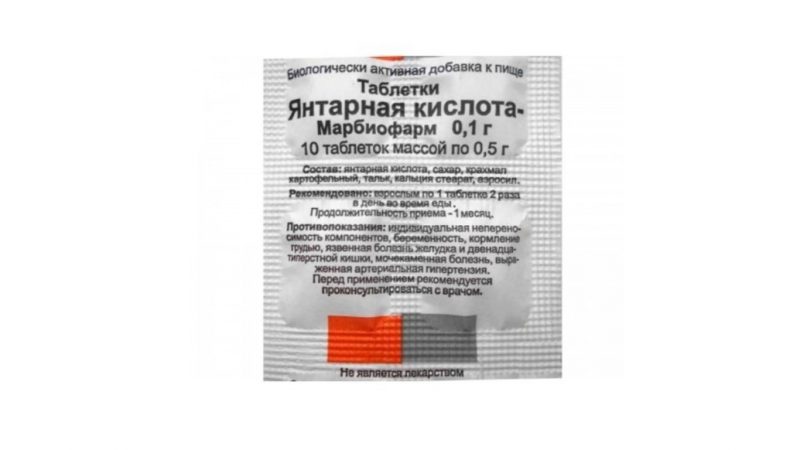
The treatment of seeds with succinic acid is carried out by soaking.
There are two ways to do this:
- put the seeds in a cup, pour the solution and stand for 1-2 hours with stirring, then dry to flow;
- moisten cotton pads with a solution, spread the seeds on them, cover with a second layer of moistened cotton pads, a plastic bag and stand until peeling.
The material processed in the first way must be sown immediately. Seeds pecked by the second method, carefully removed from the disc with tweezers and planted in the soil.
What plants and flowers benefit from succinic acid?
Practical experience of gardeners shows that succinic acid is an indispensable adjunct in the cultivation of orchids.
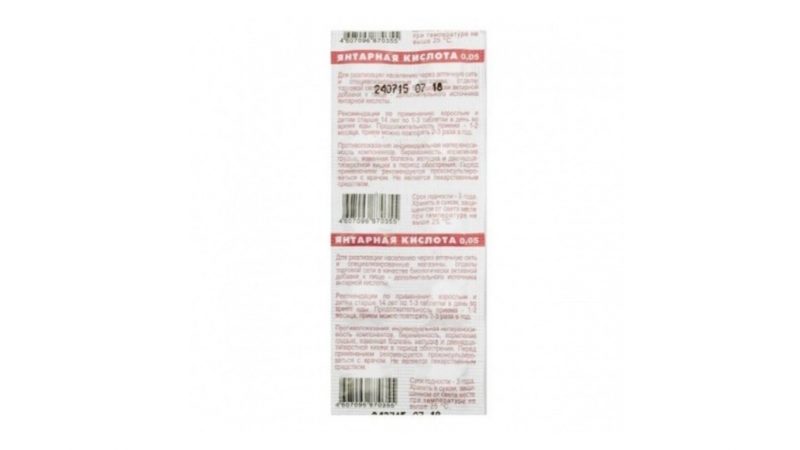
The following plants also respond well to treatments with this agent:
- begonias;
- ficuses;
- dracaena;
- palm dates;
- all kinds of palm trees;
- roses;
- all kinds of succulents.
The use of succinic acid makes the habit of ornamental leaves noticeably more magnificent, the brightness of the color of the leaves increases. In blooming, flower buds die off, the buds open well, the vegetative parts look healthy and strong.
Indoor plants with pubescent leaves (for example, Saintpaulia) do not need to be sprayed with succinic acid. But watering under the root from early spring to mid-summer fully compensates for the lack of leaf treatments.
Possible harm
In nature, succinic acid is found not only in amber. Small amounts of this substance are found in the tissues of all plants. Therefore, you can consider it as a "native" component for them, and not be afraid of any side effects.
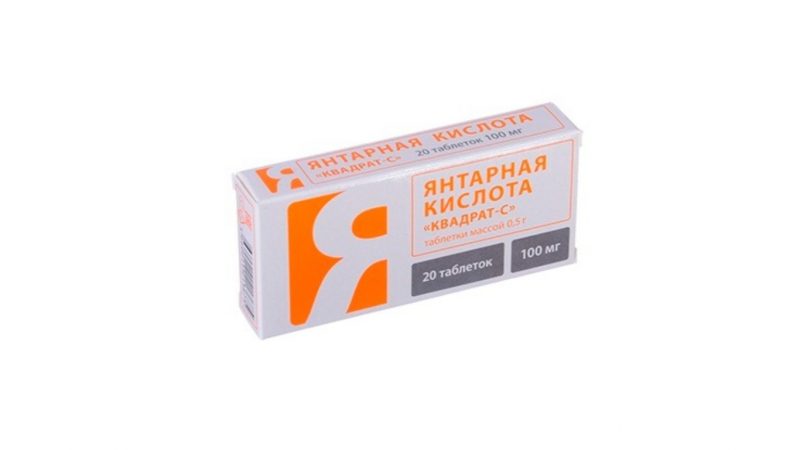
Experiments with the use of solutions of succinic acid of different concentrations on indoor plants showed that even a small overdose does not cause any noticeable harm. Plants tolerate an uncritical increase in the strength of the solution when watering or soaking. Leaves may be more sensitive, especially when spraying on sunny windowsills.
In general, succinic acid can be considered completely harmless to indoor plants. The main thing is to follow the processing rules and adhere to the recommended dosages.












